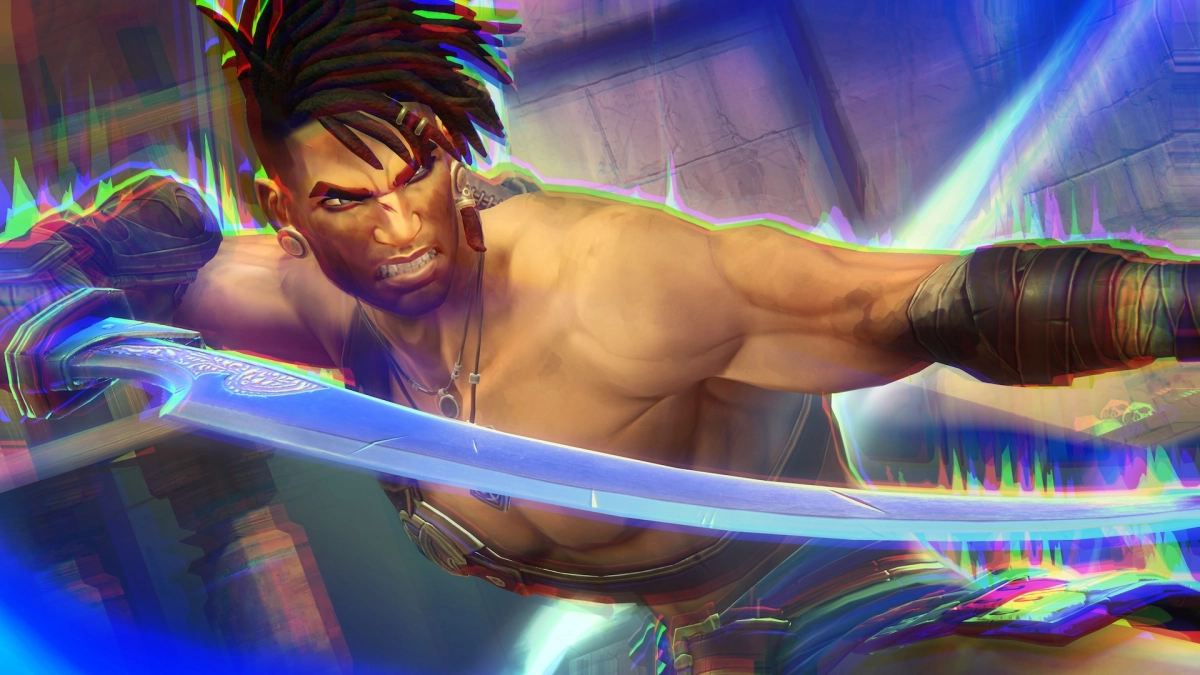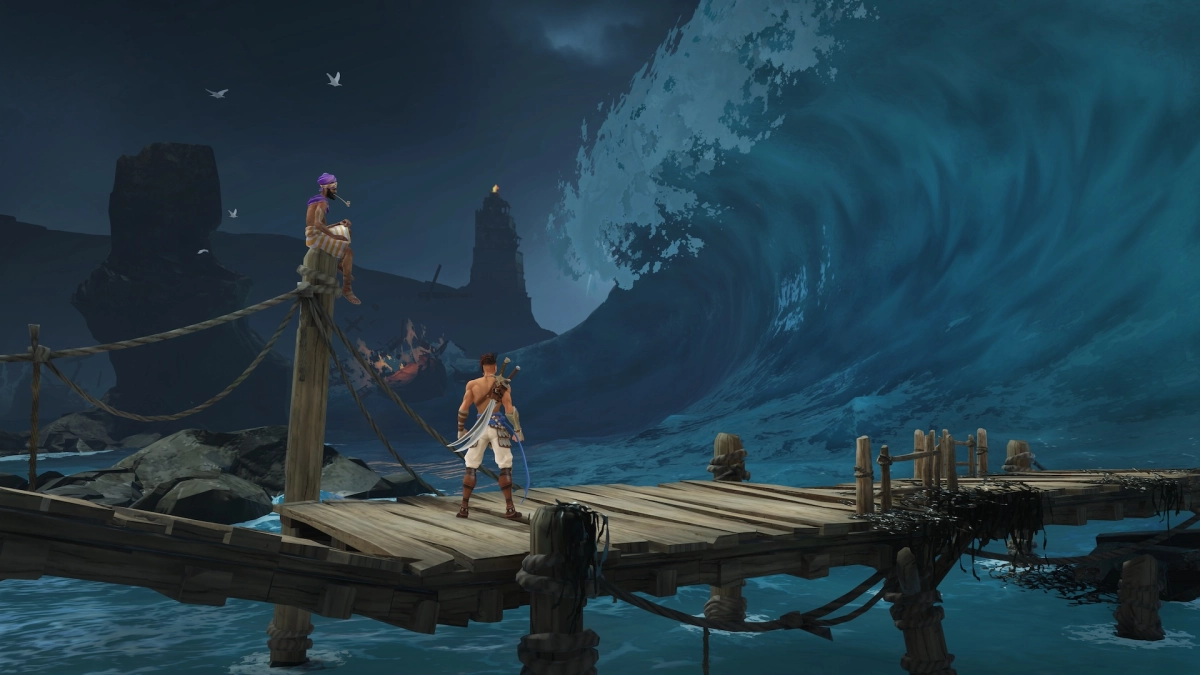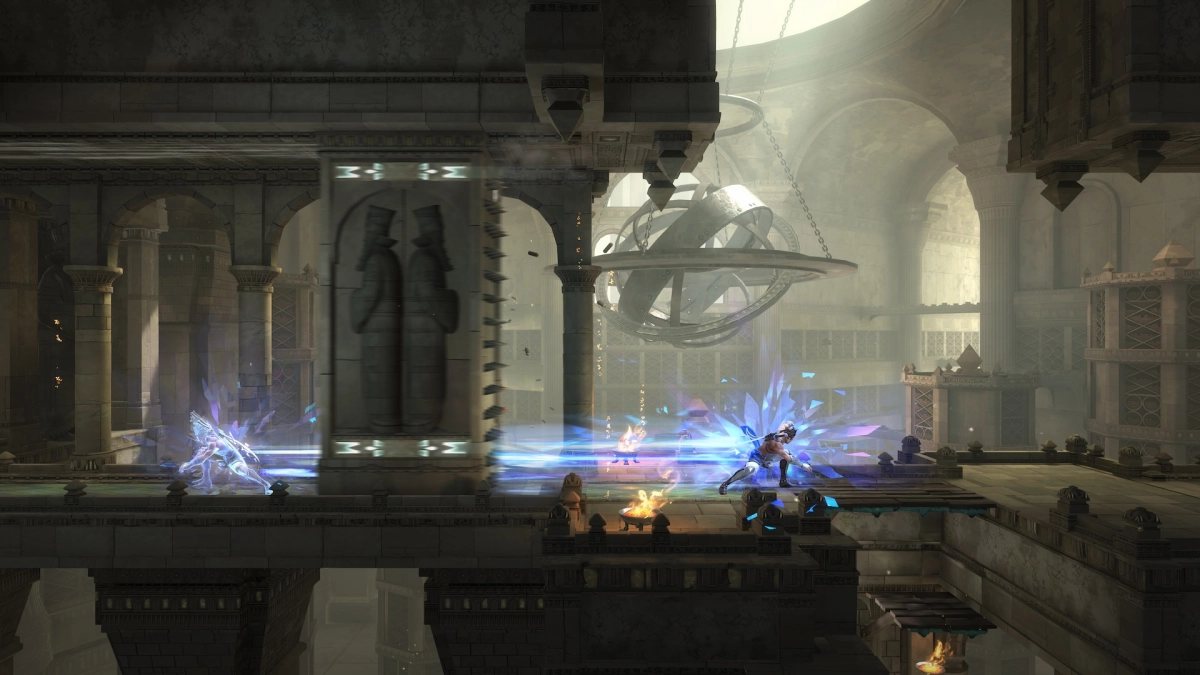Prince of Persia, or as it is pronounced in English, Prince of Persia, is an ancient game whose beginnings go back nearly 30 years. The first part of the series is considered one of the iconic games on the PC, and included a group of platform jumping, puzzle solving, and duels. During the following years, the game received many versions, including the transition to 3D gameplay design and also several reboots of the series. Recently, Ubisoft allowed us to experience the latest versions of the series, which is a new reimagining of the series in a 2.5D design style with the usual series elements and ideas. In the following lines you will get a summary of our experience, which lasted approximately two hours from an early stage of the game and without spoiling any important events.

The hero of the game is called Sargon, and he carries two swords at the same time. He has a streamlined body that helps him move quickly, jump high, and perform amazing aerial movements. The main idea of the game is to present a world with the idea of the famous Metroidvina, where you can move in several directions, but your abilities will limit you from moving forward, and you will collect new abilities and complete some sections of the story to be able to reach previously blocked places. There are also several characters you can talk to who will allow you to carry out some side tasks.
Everyone can imagine what a game in the style of Metroidvania could contain, movement abilities such as air sliding, long jumping and the like will help the hero to reach previously closed places. In addition to moving between platforms, the game offers some puzzles that you must solve to advance, and we tried some of them and they were fun. The game also includes fast navigation, various save points, and some stores to purchase upgrades through the collectibles that you will obtain during the adventure.

The combat in the game follows the new trends that we see in many games. You will constantly fight against a variety of enemies. You can make several consecutive strikes with both swords, along with some air strikes. Also, by repelling enemy attacks at the right time, you can get the opportunity to deliver strong blows to the enemy. It certainly wouldn’t be Metroidvania without the bosses. We fought some of them and it was fun to play as well, and the game does not seem to be aiming for excessive difficulty in designing the bosses. A special meter can be filled to obtain special hits that have a multi-cost, and some special moves will have benefits other than damage to the enemy, such as healing your wounds.
The game also borrows some ideas from similar games. For example, in some areas there is a blind enemy who tries to hear your voice, and if he reaches you, he will not hit you, but will arrest you and throw you in prison. Doesn’t the idea seem familiar? (wink*Metroid). The game also allows you to wear some accessories that will give you special abilities, similar to what we saw in the Ori game. For example, through it you can activate an additional combo strike, or obtain more rewards from defeating enemies.

The game offers a beautiful drawing style and art direction, combining realistic touches in design and cartoon graphics. The development team took special steps to try to convey Persian culture in the game as much as possible. There are many characters in the game, and perhaps more than in the previous parts. There will be a great focus on the story, which seems exciting from what we saw in our initial experience.
The game will be released on January 18 early next year, and it is great to see full support for the Arabic language, as usual by Ubisoft, in all of its major local releases. Wait for us then with a full review of the game and our final opinion.